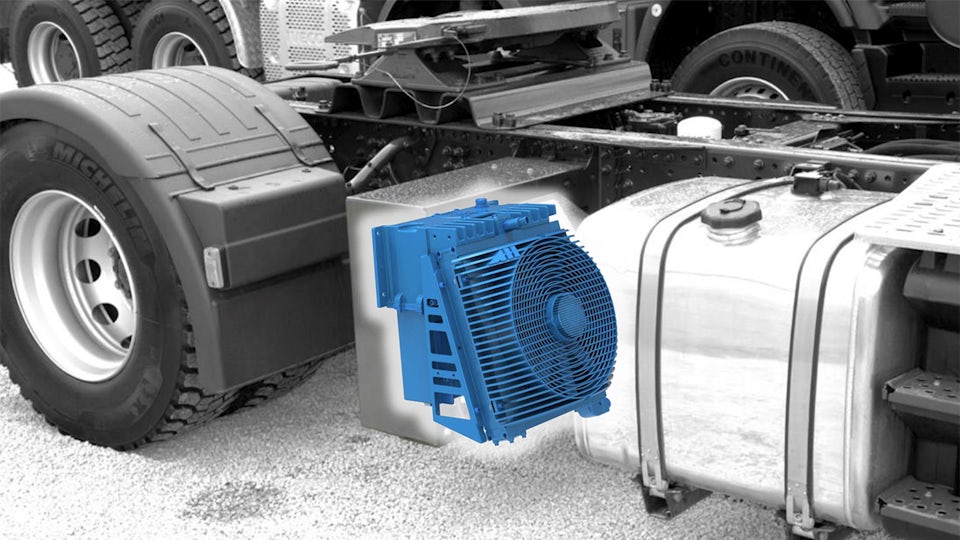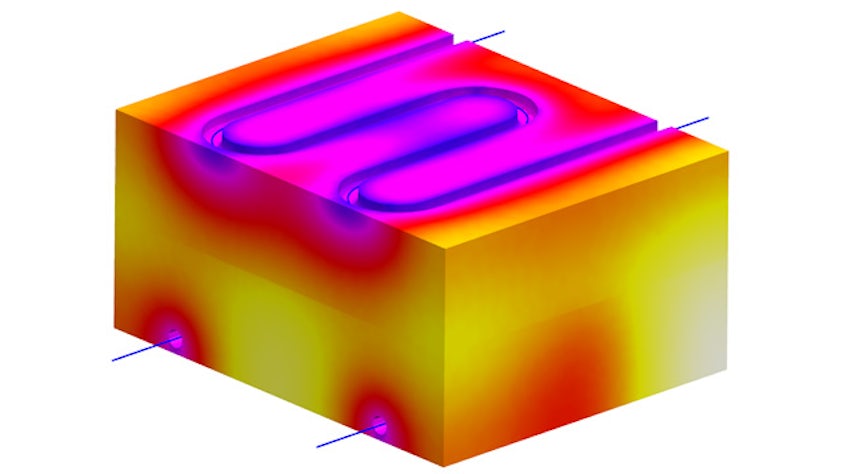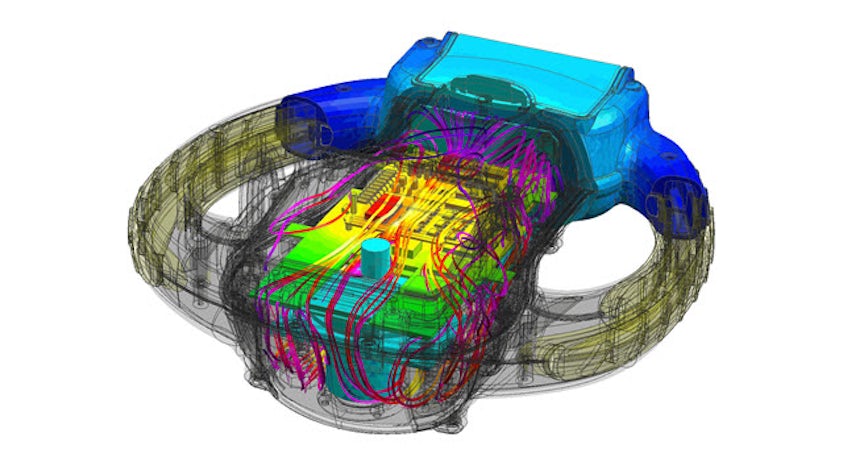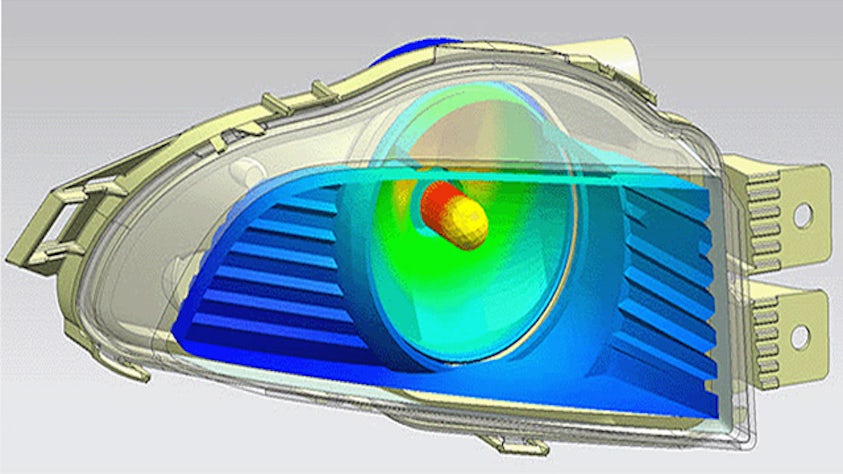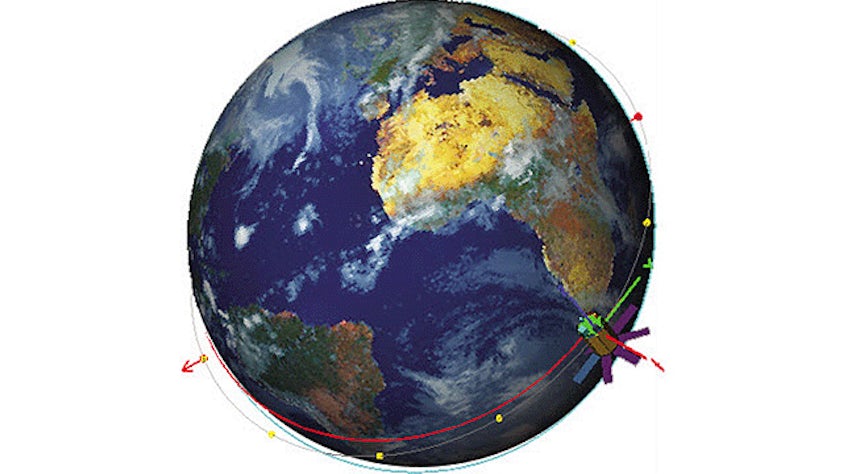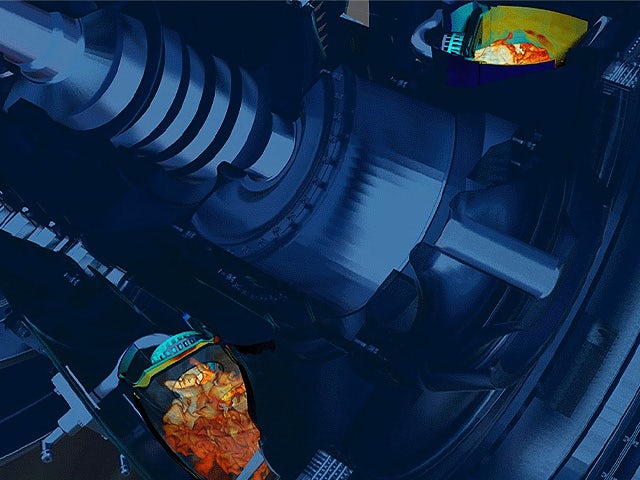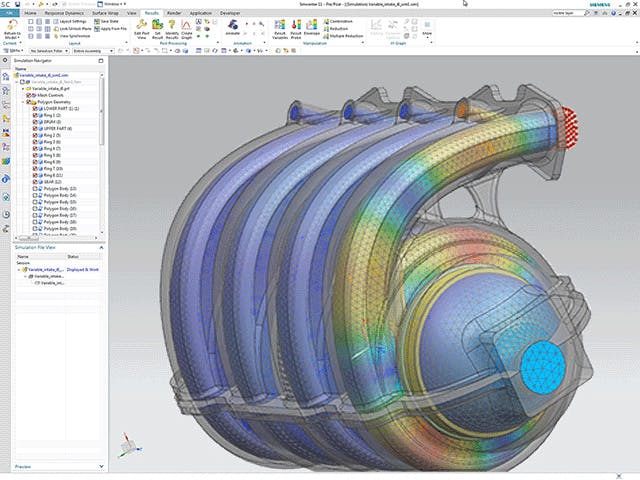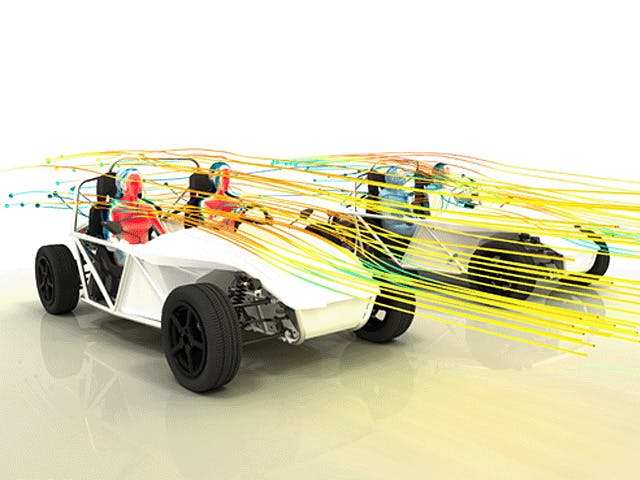La gestione termica è un aspetto fondamentale per una vasta gamma di prodotti, tra cui quelli appartenenti al settore della meccanica industriale, automobilistico e dell'elettronica di consumo. Tutte le soluzioni di gestione termica hanno lo scopo di mantenere la temperatura del prodotto entro un intervallo ottimale per le prestazioni. A tale scopo, può essere necessario aggiungere o sottrarre calore, passivamente o con modalità gestite attivamente, e questo aspetto può essere valutato utilizzando il software di simulazione termica.
Simcenter include esaustive funzionalità di simulazione termica all'avanguardia, che permettono di comprendere le caratteristiche termiche del prodotto e quindi adattare la soluzione di gestione termica per ottimizzare le prestazioni.
Surriscaldamento di attrezzature pesanti in condizioni operative difficili
Durante questo webinar, impara a proteggere le tue attrezzature pesanti dal surriscaldamento in condizioni operative difficili, attività ripetitive e lunghe giornate lavorative.

